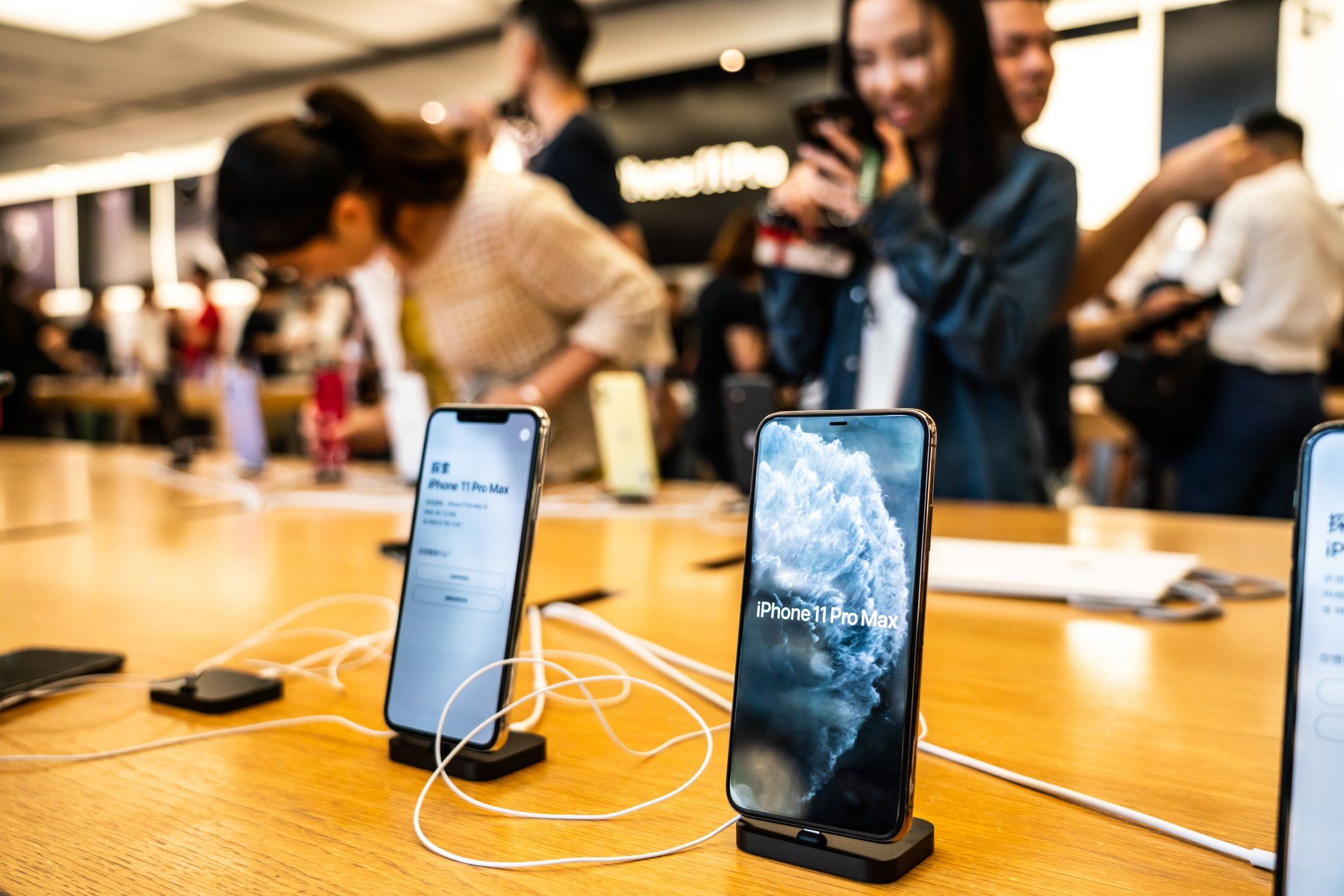
Design and Aesthetics
Sleek and Modern Design
Apple's iPhones are known for their premium look and feel, which many teenagers find appealing. The seamless integration of hardware and software in iOS devices creates a cohesive user experience that is both visually pleasing and intuitive to use.
Customization vs. Consistency
Android offers a high degree of customization, allowing users to personalize their home screens, notification shades, and app appearances. However, this level of customization can sometimes lead to a disjointed experience. iOS, on the other hand, is known for its clean and minimalist design, making it easy to navigate.
User Experience
Seamless Integration
Apple's operating system is renowned for its seamless integration with other Apple products like Macs, iPads, and Apple Watches. This ecosystem allows users to share files, photos, and music effortlessly across different devices.
Ease of Use
iOS is praised for its ease of use. The operating system is designed with simplicity in mind, making it easy for new users to pick up and start using right away. The intuitive interface ensures that users can quickly find what they need without getting overwhelmed by complex settings or features.
Security
App Store vs. Google Play Store
One reason for iOS's security advantage is the strict guidelines set by Apple for apps available on the App Store. Developers must adhere to these guidelines before their apps can be published, ensuring that all apps meet certain standards of security and quality.
Regular Updates
Apple's regular update cycle also contributes to iOS's security. The company releases updates frequently, which not only bring new features but also patch security vulnerabilities quickly. This proactive approach ensures that users have the latest security patches without having to manually update their devices.
App Selection
Exclusive Apps
Some popular apps like Instagram, TikTok, and Snapchat have better performance and more features on iOS compared to their Android counterparts. This is partly due to the stricter guidelines set by Apple for app development, which ensures that apps are optimized for performance and security.
Gaming Apps
The App Store has a wide selection of high-quality games that are optimized for Apple's hardware. Many popular games like Fortnite and PUBG have better performance on iOS compared to Android due to Apple's strict guidelines for game development.
Hardware Integration
Seamless Experiences
Apple's focus on creating seamless experiences across different devices means that users can easily switch between their iPhone, iPad, or Mac without any hassle. Features like Universal Clipboard allow users to copy text from one device and paste it into another seamlessly.
AirDrop
AirDrop is another feature that highlights Apple's commitment to hardware integration. This feature allows users to share files between Apple devices wirelessly without needing any cables or complicated settings.
Customer Support
Comprehensive Resources
Apple is known for its excellent customer support, offering comprehensive resources like online tutorials, phone support, and in-person support at Apple Stores. For teens who may not be tech-savvy but still want a reliable device, having access to good customer support can be invaluable.
Online Resources
In addition to direct support channels like phone calls or visits to Apple Stores, Apple also provides extensive online resources such as forums and FAQs. These resources help users troubleshoot common issues themselves before reaching out for further assistance.
